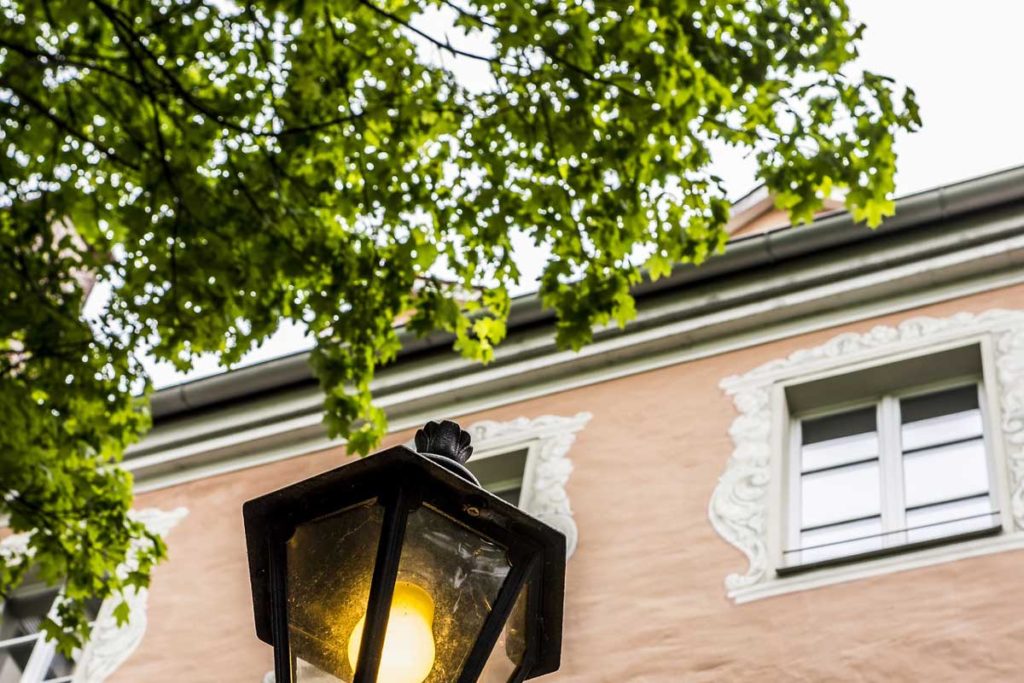This article contains questions from ACT lot owners about who is responsible for damages to lots caused by trees.
Table of Contents:
- QUESTION: I have just paid $7000 to remove tree roots from my pipes. The trees are on body corporate land. Should I be compensated?
- QUESTION: Trees on our common property overhang roofs and gutters and cause a nuisance for owners. Should the Owners Corporation cover the cost of regular gutter cleaning and pruning of overhanging branches?
Question: I have just paid $7000 to remove tree roots from my pipes. The trees are on body corporate land. Should I be compensated?
Answer: If the cause of the damage is from a common property source, the unit owner should have a case against the owners corporation for reimbursements.
If the cause of the damage is from a common property source, the unit owner should have a case against the owners corporation for reimbursements.
You would have to prove that the roots are from the trees on common property. Have you kept some of the roots?
Were the strata manager or the executive committee aware of the issue before works had been undertaken? The owners corporation may have an argument that works were undertaken without their knowledge. But initially, the thinking most likely was that there was a blockage at the unit, and usually, this would be an owner’s responsibility if said pipework services that unit only.
The owner would have a stronger case if it can be proven that said tree roots are from the trees on common property and further noting that if these trees have an invasive root system. The owners corporation may need to obtain an arborist report on the other trees to prevent further incidents.
Jan Browne Bridge Strata E: jan@bridgestrata.com.au P: 02 6109 7700
This post appears in Strata News #659.
Question: Trees on our common property overhang roofs and gutters and cause a nuisance for owners. Should the Owners Corporation cover the cost of regular gutter cleaning and pruning of overhanging branches?
We live in a large Class B complex in Canberra. At the front of many of the units is a common property garden containing deciduous trees. These trees have grown to be very large in the past 20 years and many of them now overhang the roofs of the units, causing serious leaf litter problems in the roof cavities and gutters.
Successive Executive Committees have insisted that the clearing of roof gutters is the responsibility of Class B owners. They also insist that owners must not prune the branches overhanging their roofs. Since these trees are growing on common property and are now causing a nuisance for owners, should the Owners Corporation cover the cost of regular gutter cleaning and pruning of overhanging branches?
Answer: The Owners Corporation has an obligation to “abate the nuisance” of trees.
In a class B complex it is the responsibility of the unit owner/occupier to clean their own gutters. That information is correct.
However, the Owners Corporation has an obligation to “abate the nuisance” of trees. From your description, these trees are causing a nuisance to the units. There may also be the concern of falling limbs. Below is some information relating to trees in the ACT. Trimming of large trees may also require the consent of ACT Govt. As the trees are on common property the Owners Corporation may have to apply for permission.
Overhanging trees
If a neighbour’s tree grows over into your property, you are entitled by law to trim the branches as far as they overhang. However, you must check to see whether the tree you want to trim is registered or regulated first. This is because modification of protected trees (that is, trees that are registered or regulated) requires approval from the Conservator prior to work. If the tree is protected, you must complete an Application to Undertake a Tree Damaging Activity form on the Transport Canberra and City Services website and receive approval for works from the Conservator before you modify a tree. It is an offence to remove, trim or damage a protected tree without permission.
If the tree that you want to trim is not a protected tree, or you have permission to modify, then you must trim the branches from your own property. You may not enter a neighbour’s property unless that neighbour has given you permission to do so. Out of courtesy, you should talk to your neighbour before you trim any trees on boundaries, to ensure there is no issue with you pruning or maintaining an overhanging tree.
Tree roots, damage to fences, soil contamination
A nuisance is something that stops another person using or enjoying land they own or occupy. Trees sometimes cause an interference on neighbouring properties that might be called a nuisance, for example, tree roots that damage neighbours’ fences or walls, overhanging branches that interfere with growing gardens or drop leaves and fruit, contaminating soils.
Jan Browne Bridge Strata E: jan@bridgestrata.com.au P: 02 6109 7700
This post appears in Strata News #557.
Have a question about trees planted on lot owner property or trees causing damage in ACT? Maybe you’ve got something to add to the article? Leave a comment below.
Embed Read Next:- ACT: Q&A Difference Between House Rules, Rules and ByLaws
- ACT: Q&A Commercial Use of Common Property
This article is not intended to be personal advice and you should not rely on it as a substitute for any form of advice.
Visit Maintenance and Common Property OR Australian Capital Territory Strata Legislation
After a free PDF of this article? Log into your existing LookUpStrata Account to download the printable file. Not a member? Simple – join for free on our Registration page.
